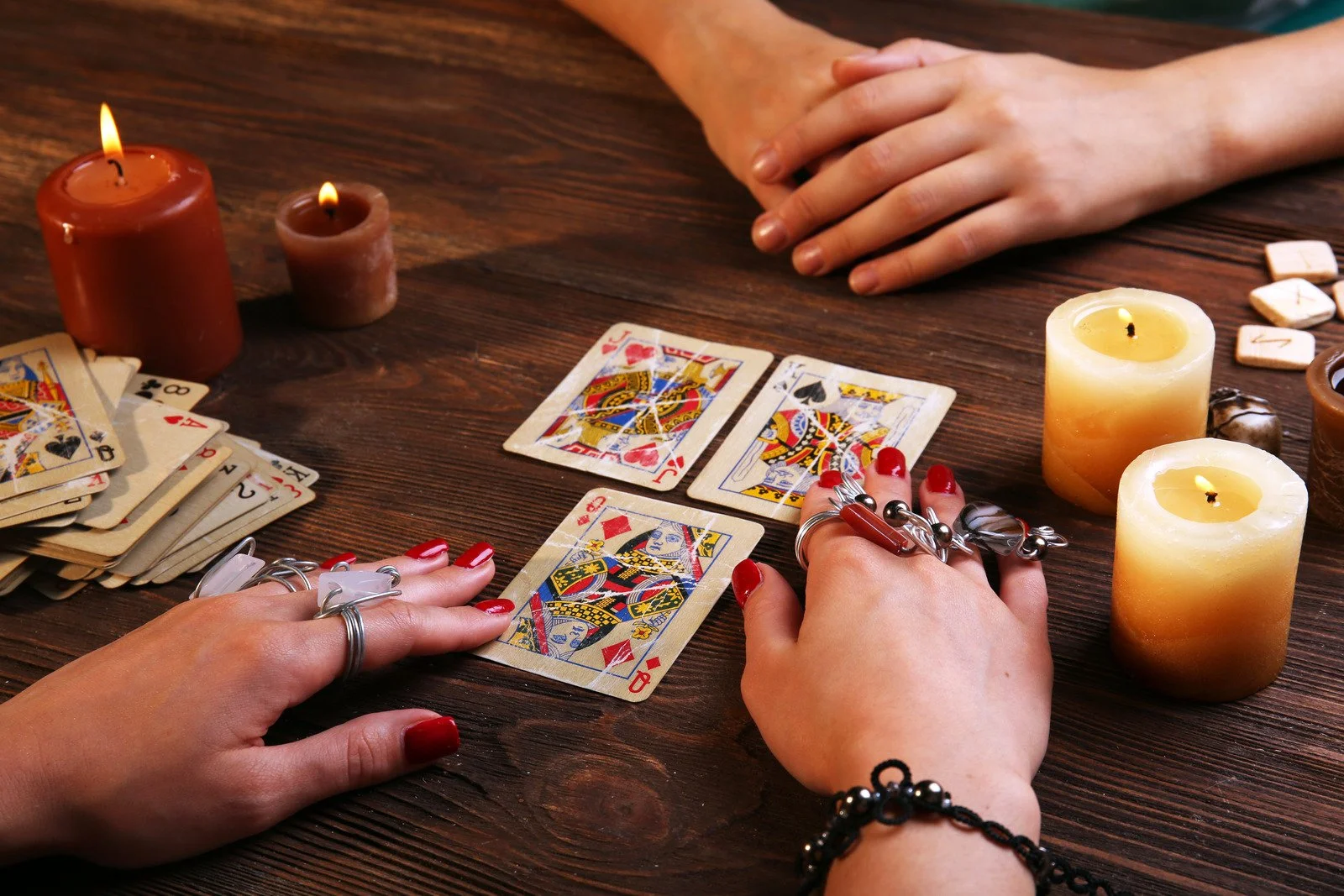A Guide to Tarot Card Readings
Tarot card readings have long captivated those seeking guidance, clarity, and insight into their lives. This ancient practice, with its rich symbolism and deep connections to the subconscious, offers a unique and powerful way to explore the past, present, and future.
If you’re looking for a tarot card reading in Scottsdale or Phoenix, Psychic Wellness Center of Scottsdale specializes in tarot and love readings. Located at 2555 N Scottsdale Rd, Scottsdale, AZ 85257, also available by phone at (480) 800-7405.
Whether you’re new to tarot or a seasoned enthusiast, understanding how tarot card readings work can enhance your spiritual journey and provide meaningful insights.
The History and Origins of Tarot
The tarot deck, as we know it today, originated in Europe during the 15th century as a set of playing cards. Over time, the cards evolved into a tool for divination and spiritual exploration. The deck is traditionally composed of 78 cards, divided into two main sections: the Major Arcana and the Minor Arcana. Each card carries its own unique symbolism and meaning, offering a rich tapestry of insight into the human experience.
Understanding the Tarot Deck
The Major Arcana: Comprising 22 cards, the Major Arcana represents significant life events, spiritual lessons, and deep psychological archetypes. Cards like The Fool, The Magician, and The Empress are part of this set, each symbolizing major influences or turning points in one’s life journey.
The Minor Arcana: Consisting of 56 cards, the Minor Arcana is divided into four suits: Wands, Cups, Swords, and Pentacles. These cards reflect everyday experiences, challenges, and emotions. Each suit corresponds to a different aspect of life: Wands (creativity and action), Cups (emotions and relationships), Swords (intellect and conflict), and Pentacles (material aspects and career).
How Tarot Card Readings Work
A tarot card reading involves drawing cards from the deck and interpreting their meanings in relation to the question or situation at hand. Here’s a typical process for a tarot reading:
Setting an Intention: Before the reading begins, the querent (the person seeking the reading) and the reader often set an intention or focus on a specific question. This intention helps guide the reading and ensures that the cards drawn are relevant to the querent’s concerns.
Shuffling and Drawing Cards: The deck is shuffled, and cards are drawn either by the reader or the querent. The number of cards drawn depends on the spread being used. Common spreads include the Three-Card Spread (representing past, present, and future) and the Celtic Cross Spread, which offers a more detailed exploration of a situation.
Interpreting the Cards: Each card is interpreted based on its symbolism, position in the spread, and the question posed. The reader may consider both the traditional meanings of the cards and their intuitive impressions. The combination of cards creates a narrative that provides insight into the querent’s situation.
Providing Guidance: The reader shares their interpretation of the cards, offering guidance on how to navigate challenges, embrace opportunities, and understand the underlying energies at play. The goal of a tarot reading is not to predict the future with absolute certainty but to empower the querent with knowledge and insight to make informed decisions.
The Role of Intuition in Tarot Readings
While knowledge of the cards’ meanings is important, intuition plays a crucial role in tarot readings. A skilled tarot reader blends their understanding of the cards with their intuitive sense, picking up on subtle energies and messages that might not be immediately obvious. This combination of knowledge and intuition allows for a more nuanced and personalized reading.
Common Myths and Misconceptions
Tarot card readings are sometimes misunderstood, with various myths and misconceptions surrounding the practice. Here are a few common ones:
Tarot is only for predicting the future: While tarot can provide glimpses into potential future outcomes, it’s more about gaining insight into the present and understanding the underlying energies that influence your life. It’s a tool for self-reflection and empowerment, not just fortune-telling.
The Death card means literal death: One of the most feared cards in the deck, the Death card, rarely signifies actual death. Instead, it represents transformation, the end of a cycle, and the beginning of something new.
You need to have psychic abilities to read tarot: While intuition enhances a tarot reading, anyone can learn to read tarot cards with practice and dedication. It’s about developing a relationship with the cards and learning to trust your instincts.
The Benefits of Tarot Card Readings
Tarot card readings offer a range of benefits, from providing clarity on specific issues to encouraging personal growth and self-awareness. Here are some key benefits:
Insight and Clarity: Tarot can help you gain a clearer understanding of your current situation, highlighting aspects you may not have considered and offering new perspectives.
Decision-Making: If you’re facing a difficult decision, tarot can provide guidance on the potential outcomes of different choices, helping you make a more informed decision.
Personal Growth: By exploring the symbolism of the cards, you can gain deeper insights into your subconscious mind, uncovering hidden fears, desires, and motivations that influence your behavior.
Spiritual Connection: Tarot can be a powerful tool for spiritual exploration, helping you connect with your higher self, spirit guides, or the divine.
Conclusion
Tarot card readings are a fascinating and insightful way to explore the mysteries of life. Whether you’re seeking answers to specific questions, looking for guidance on your life path, or simply curious about the tarot’s rich symbolism, a reading can offer valuable insights and a deeper understanding of yourself and the world around you. By approaching tarot with an open mind and heart, you can unlock its full potential as a tool for self-discovery and spiritual growth.

